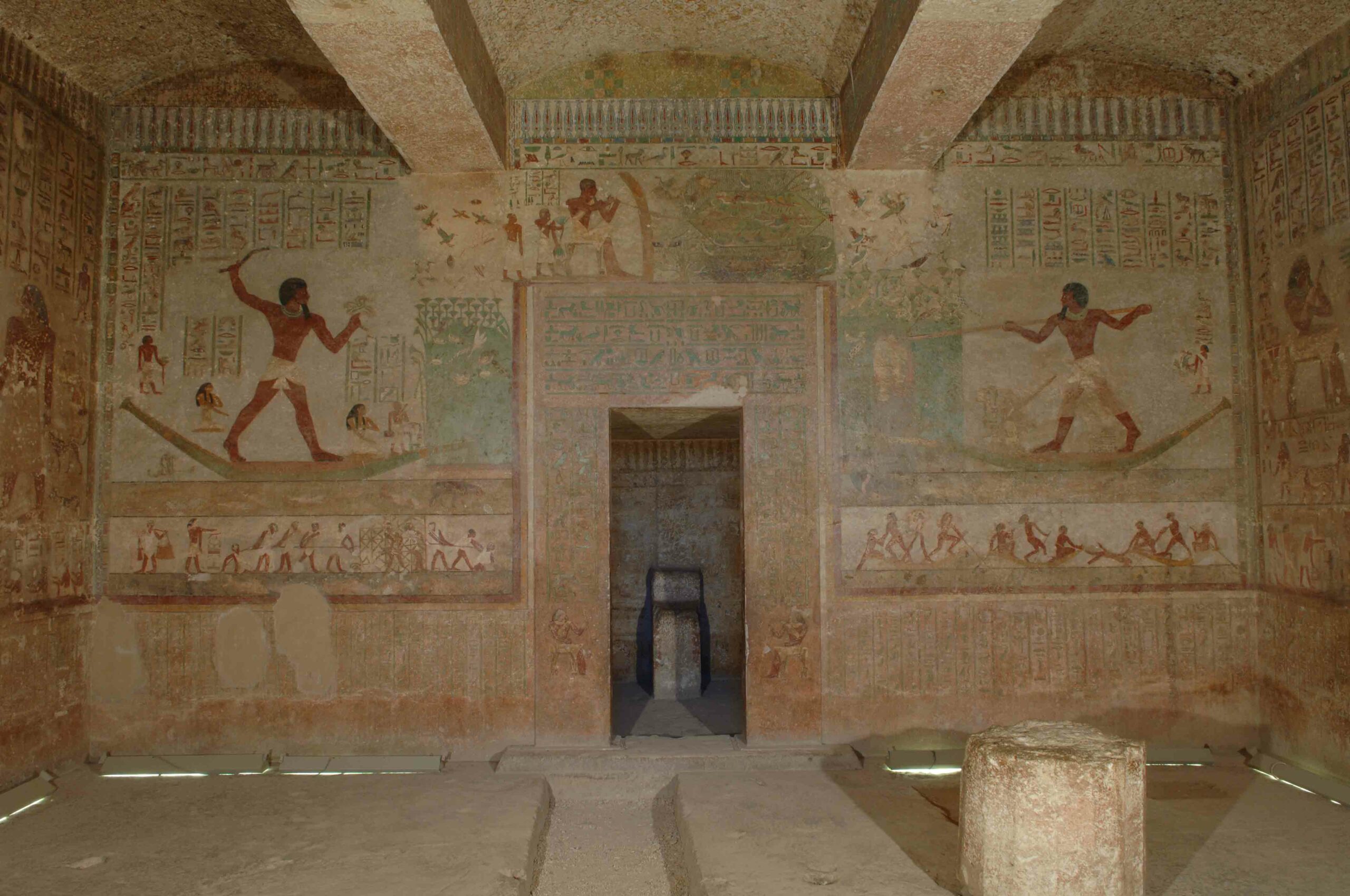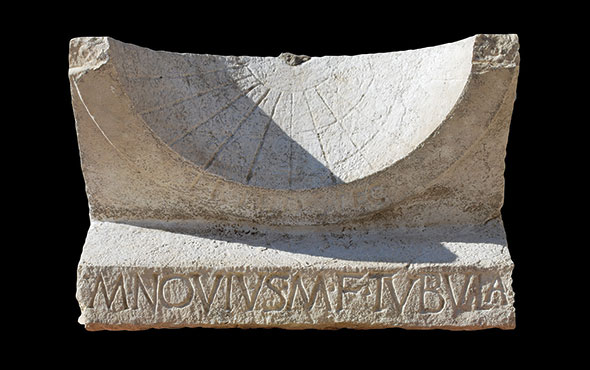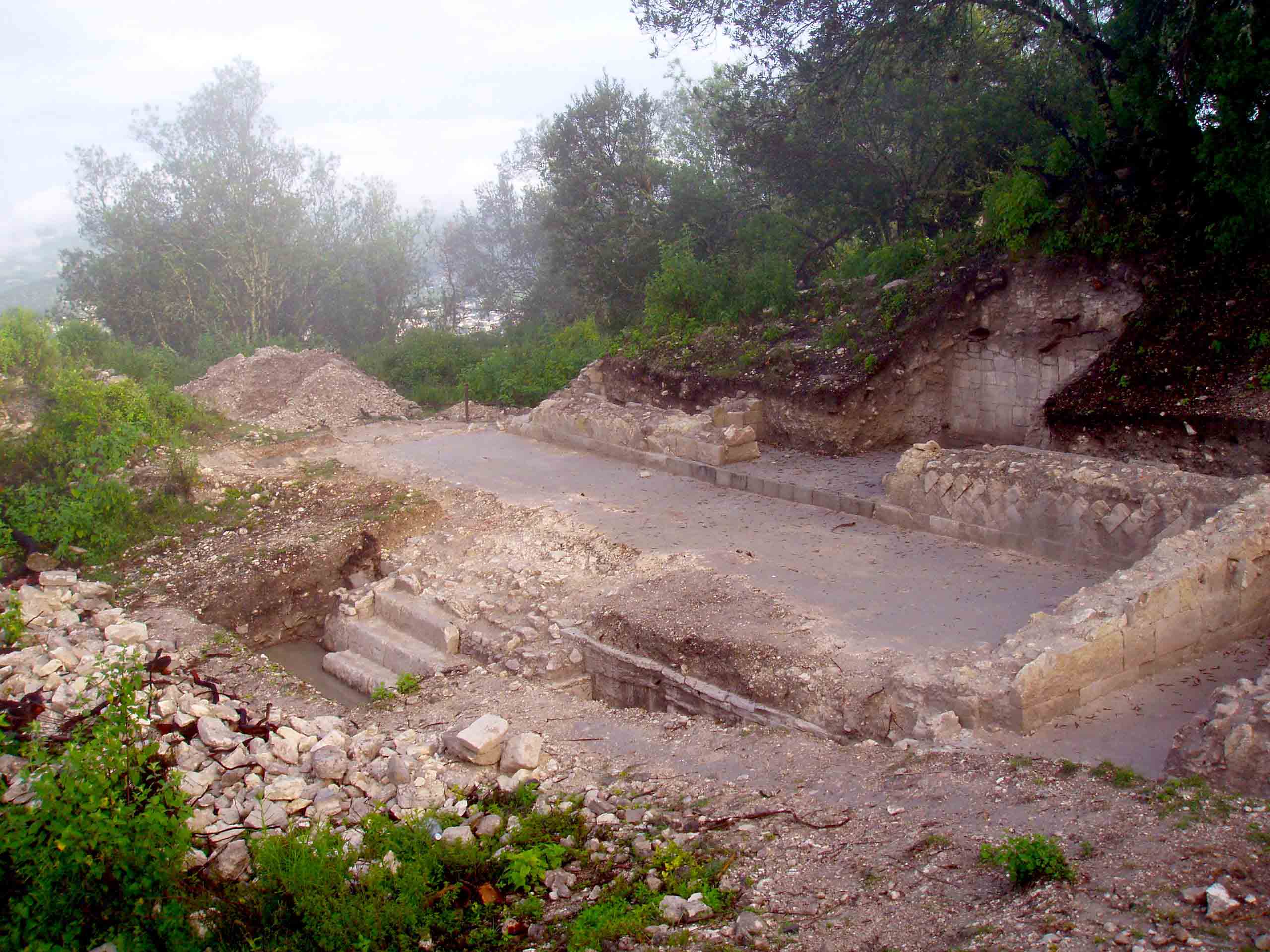
L’ANCIENNE-LORETTE, QUEBEC—More than 50,000 artifacts dating back over more than three centuries have been uncovered on the grounds of a Catholic church just west of Quebec City, according to a CBC report. Members of the Huron-Wendat First Nation lived in the area along with Jesuit priests for several decades in the late seventeenth century, said lead archaeologist Stéphane Noël. Later, in the winter of 1759, the French were forced to leave the site to make room for the British army. Among the finds is a large collection of stone pipes, which show that the Huron-Wendat continued to carve their own even though they had access to European goods. Archaeologists have also unearthed evidence that the Huron-Wendat were using European gunflints as scrapers and drills, and that the First Nation peoples were connected to an extensive trade network. Among the remains of the 300 years of French occupation of the area is a nearly intact icehouse that would have been packed with snow to keep food from spoiling. A cannonball associated with the British army’s brief occupation of the area was found as well. For more on archaeology in Quebec, go to “Off the Grid: Pointe-à-Callière, Montréal.”










